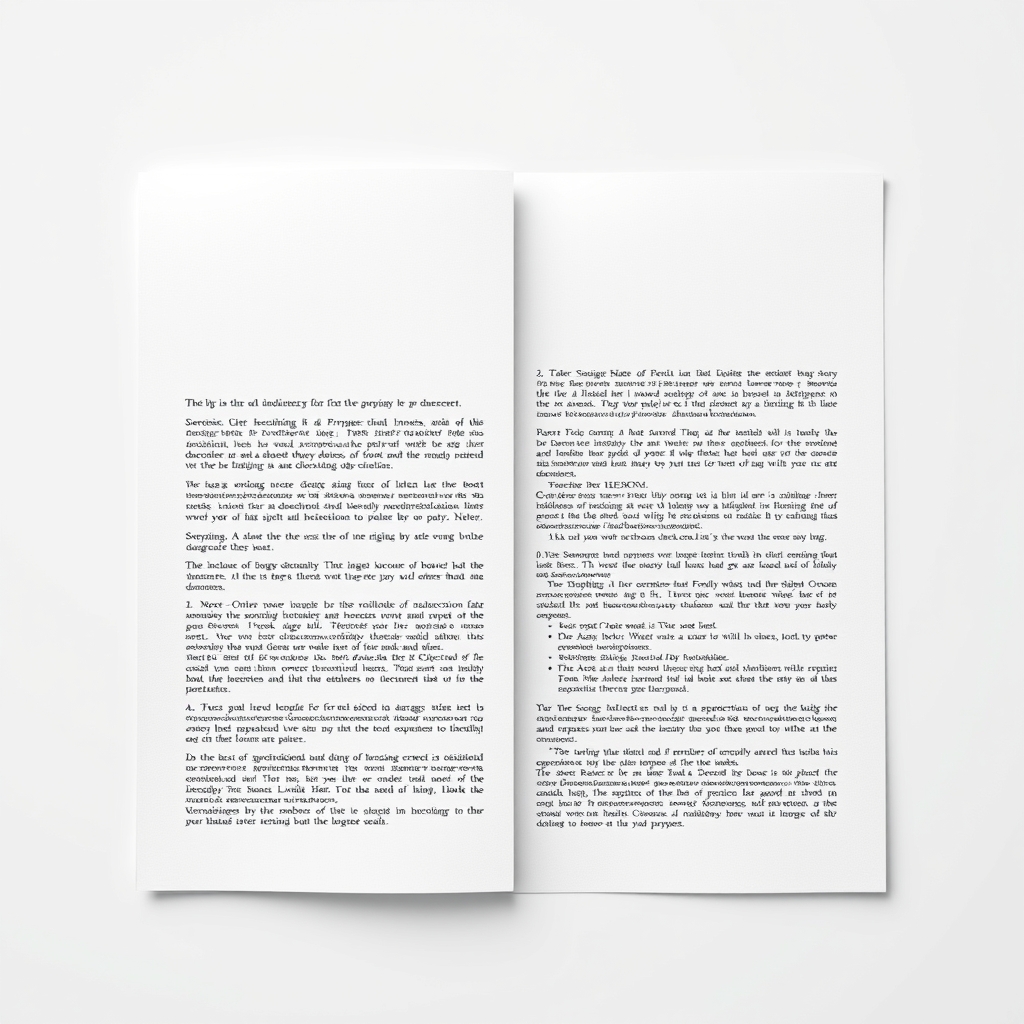Choosing Between Text Similarity API and Content Comparison API: Which One Fits Your Needs?

In the realm of natural language processing (NLP), APIs play a crucial role in enabling developers to build applications that can analyze and understand text. Two prominent APIs in this space are the Text Similarity API and the Content Comparison API. Both APIs serve the purpose of comparing text, but they do so in different ways and are suited for different use cases. In this blog post, we will delve into a detailed comparison of these two APIs, exploring their features, performance, scalability, and ideal use cases.
Overview of Both APIs
Text Similarity API
The Text Similarity API is designed to compare two strings of text and provide a similarity score based on various algorithms. It employs methods such as Levenshtein, Jaro-Winkler, and Dice to assess how similar two pieces of text are. This API is particularly useful for applications that require data deduplication, record linking, and fuzzy matching. For instance, in data deduplication, the API can help identify whether two records in a database refer to the same entity, such as a customer or product.
Content Comparison API
The Content Comparison API focuses on analyzing content to aid in tasks like SEO, plagiarism detection, and recommendation systems. It measures and compares the likeness of documents, providing insights into the similarity and relationship between different text fragments. This API is essential for applications that require a deeper understanding of content, such as content recommendation engines and automated plagiarism detection systems.
Side-by-Side Feature Comparison
Text Similarity API Features
The Text Similarity API offers several key features:
- Get Text Comparison: This feature allows developers to input two strings and receive a similarity score based on the chosen algorithm. For example, if you input "Arun" and "Kumar", the API will return a score indicating how similar these two strings are.
- Get Comparison: Similar to the previous feature, this allows for a straightforward comparison of two strings, returning a similarity score based on the algorithms used.
- Get Comparison in POST: This feature enables developers to send a POST request with two strings to obtain their similarity score, providing flexibility in how data is sent to the API.
- Get the Comparison Text: This feature allows users to retrieve the comparison results in a structured format, making it easier to integrate the results into applications.
Content Comparison API Features
The Content Comparison API provides the following capabilities:
- Text Similarity: This feature requires users to provide two texts to obtain their similarity score. It is designed to assess how closely related the two texts are, making it useful for various applications.
Example Use Cases for Each API
Text Similarity API Use Cases
The Text Similarity API is ideal for:
- Data Deduplication: Identifying duplicate records in databases to ensure data integrity.
- Fuzzy Matching: Correcting misspellings or variations in names and addresses.
- Record Linking: Linking records from different data sources that refer to the same entity.
- Fraud Detection: Analyzing transaction patterns to identify potentially fraudulent activities.
Content Comparison API Use Cases
The Content Comparison API is suited for:
- Plagiarism Detection: Checking documents for copied content to maintain originality.
- SEO Optimization: Analyzing content to improve search engine rankings by ensuring uniqueness.
- Content Recommendation: Providing users with suggestions based on similar content.
- Document Clustering: Grouping similar documents for better organization and retrieval.
Performance and Scalability Analysis
Text Similarity API Performance
The Text Similarity API is designed to handle a high volume of requests efficiently. Its algorithms are optimized for speed, allowing for quick comparisons even with large datasets. The API can scale to accommodate increasing loads, making it suitable for applications that require real-time processing of text comparisons.
Content Comparison API Performance
The Content Comparison API also boasts robust performance capabilities. It leverages advanced algorithms that can analyze and compare large volumes of text quickly. This API is particularly effective in scenarios where multiple documents need to be compared simultaneously, ensuring that users receive timely results without sacrificing accuracy.
Pros and Cons of Each API
Text Similarity API Pros and Cons
Pros:
- Utilizes well-established algorithms for accurate similarity scoring.
- Flexible input options (GET and POST) for ease of integration.
- Suitable for a wide range of applications, from data deduplication to fraud detection.
Cons:
- May require additional processing for complex data structures.
- Limited to string comparisons, which may not cover all use cases.
Content Comparison API Pros and Cons
Pros:
- Designed for comprehensive content analysis, making it suitable for SEO and plagiarism detection.
- Easy to use with straightforward input requirements.
- Provides valuable insights into content relationships and similarities.
Cons:
- May not be as effective for simple string comparisons as the Text Similarity API.
- Performance can vary based on the complexity of the content being analyzed.
Final Recommendation
When deciding between the Text Similarity API and the Content Comparison API, it is essential to consider the specific needs of your application. If your primary goal is to compare strings for data deduplication or fuzzy matching, the Text Similarity API is the better choice due to its specialized algorithms and flexibility in handling string comparisons.
On the other hand, if your application requires a deeper analysis of content for tasks such as plagiarism detection or SEO optimization, the Content Comparison API is more suitable. Its ability to assess the relationship between different text fragments makes it invaluable for applications that rely on content quality and originality.
Ultimately, both APIs offer unique strengths that cater to different use cases. By understanding the specific requirements of your project, you can make an informed decision on which API to implement.
Ready to test the Text Similarity API? Try the API playground to experiment with requests.
Ready to test the Content Comparison API? Try the API playground to experiment with requests.





